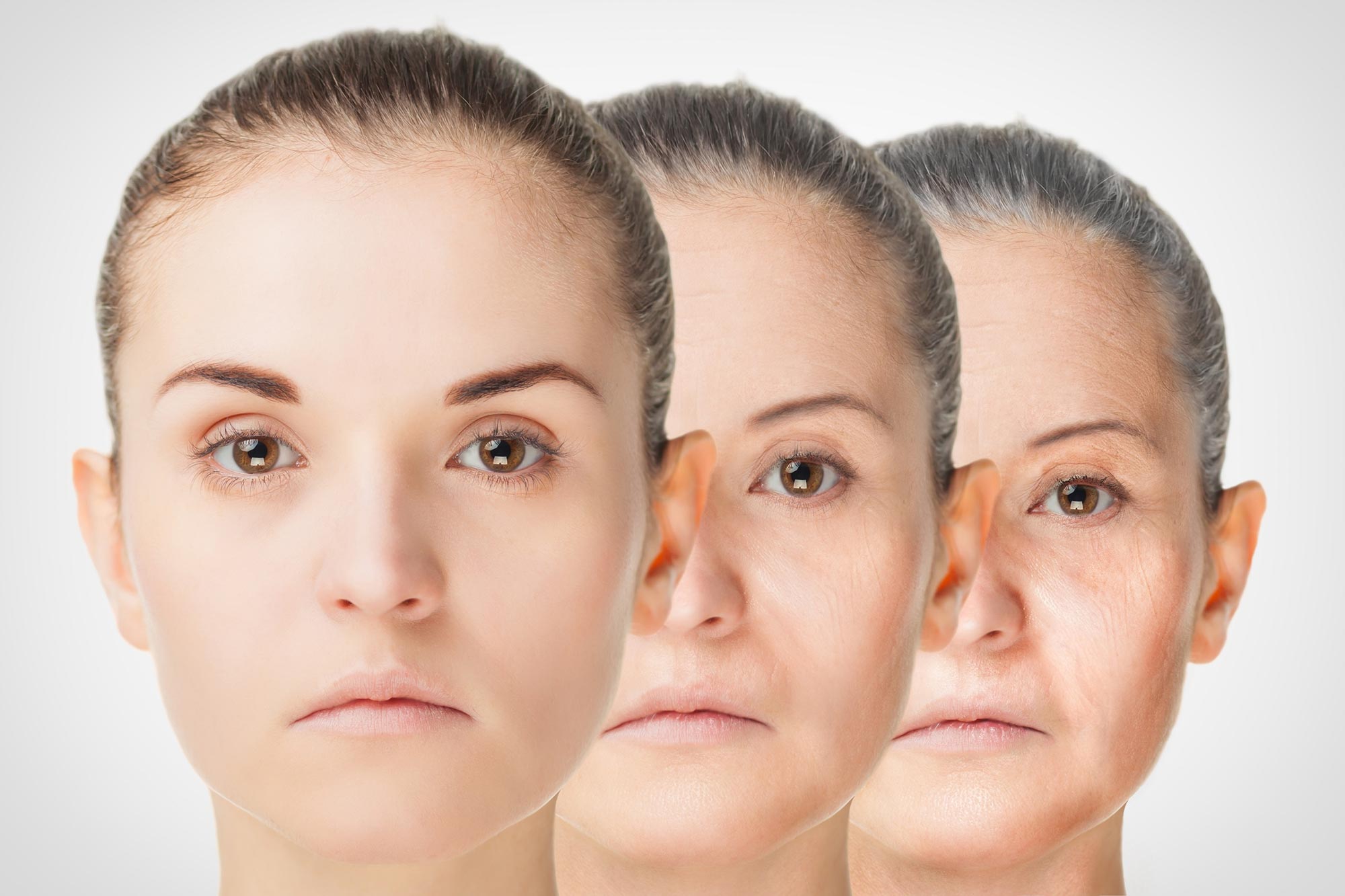The biology of aging
 Aging is a complex biological process affecting our cells, tissues, and organs. With each passing decade, researchers uncover additional causes and effects of this seemingly unstoppable process. This 13-minute video is a visually stimulating deep dive into every aspect of our current understanding of aging. Watch it here.
Aging is a complex biological process affecting our cells, tissues, and organs. With each passing decade, researchers uncover additional causes and effects of this seemingly unstoppable process. This 13-minute video is a visually stimulating deep dive into every aspect of our current understanding of aging. Watch it here.
Can aging be reversed?
 Aging has always been inevitable, but fasting, epigenetic reprogramming, and parabiosis are a few scientific techniques that seem to help people stay young. By studying centenarians, how memory works, and even the humble roundworm, might the Peter Pan dream of eternal youth eventually become a reality? Learn how it might here.
Aging has always been inevitable, but fasting, epigenetic reprogramming, and parabiosis are a few scientific techniques that seem to help people stay young. By studying centenarians, how memory works, and even the humble roundworm, might the Peter Pan dream of eternal youth eventually become a reality? Learn how it might here.
Visualizing the global increase in life expectancy
 The human species has experienced a dramatic increase in expected lifespan over the past 150 years. The development of antibiotics, improved sanitation, and better food distribution are just a few of the factors that contributed to this rapid transformation. Use this interactive resource to explore longevity gains over time and across the globe.
The human species has experienced a dramatic increase in expected lifespan over the past 150 years. The development of antibiotics, improved sanitation, and better food distribution are just a few of the factors that contributed to this rapid transformation. Use this interactive resource to explore longevity gains over time and across the globe.
The connection between movement and healthspan
 Healthspan refers to the number of years one is active and disease-free. The ultimate goal would be to extend one’s healthspan to match one’s lifespan, necessitating a shift in focus toward the pursuit of healthy aging. This article explores the two concepts as well as the critical importance of maintaining activity levels as we age. Read it here.
Healthspan refers to the number of years one is active and disease-free. The ultimate goal would be to extend one’s healthspan to match one’s lifespan, necessitating a shift in focus toward the pursuit of healthy aging. This article explores the two concepts as well as the critical importance of maintaining activity levels as we age. Read it here.
Inside the expensive race to age the slowest
 Created by entrepreneur Bryan Johnson in 2022, the Rejuvenation Olympics asks participants to try to slow their biological aging rate, which they attempt to do through various approaches, such as exercise or dietary supplements. But some of these tactics are extreme in cost or nature—such as Johnson's regular injections of blood from his teenage son.
Created by entrepreneur Bryan Johnson in 2022, the Rejuvenation Olympics asks participants to try to slow their biological aging rate, which they attempt to do through various approaches, such as exercise or dietary supplements. But some of these tactics are extreme in cost or nature—such as Johnson's regular injections of blood from his teenage son.
Why does our appearance change as we get older?
 Graying hair, shrinking height, and wrinkles: While most people can list the visible effects of aging, not everyone could explain why these changes occur. We go gray due to the death of pigment cells near our hair, and we shrink due to thinning spinal disks. Read this article for a detailed explanation of the causes behind the physical changes associated with aging.
Graying hair, shrinking height, and wrinkles: While most people can list the visible effects of aging, not everyone could explain why these changes occur. We go gray due to the death of pigment cells near our hair, and we shrink due to thinning spinal disks. Read this article for a detailed explanation of the causes behind the physical changes associated with aging.
Can aging be reversed?
Visualizing the global increase in life expectancy
The connection between movement and healthspan
Inside the expensive race to age the slowest
Why does our appearance change as we get older?






 When we age, we should not be afraid of hair turning grey (or) skin sagging (or) wrinkles.
When we age, we should not be afraid of hair turning grey (or) skin sagging (or) wrinkles.